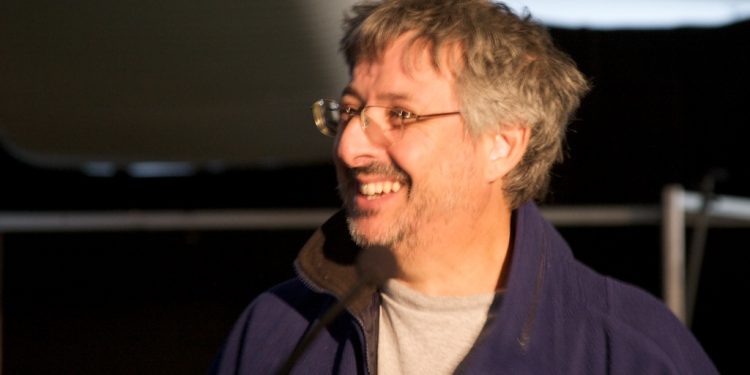
A quick tip about fxphd’s topic and courses, if you want a hint about what is coming months in advance of what we publish, you need only follow our twitter feeds and see what we are researching on fxguide.
One of the most popular courses we have this term on fxphd , the AE production course by Gareth Edwards, is a direct follow on from an fxguide story on Attila the Hun.
This month alone we have been seen to be doing things around the ACS 50th Conference, Stop motion, stereo cinematography, installing flames and digital rendering of car finishes… we are not saying these will be courses, but our fxphd courses do not come from a vacuum, they come from months of research, interviews and building key industry contacts.
For example, this week I attended Andrew Lesnie ACS, ASC, brilliant masterclass on coverage. Andrew also agreed to do a piece for us to camera. As you guys no doubt know his credits span I am Legend, King Kong, All 3 Lord of the Rings etc. Andrew was discussing so much great material that I must have written 10 pages of notes. I offer just one small example here now.
Andrew explained that for him the role of the DOP was to communicate the subtext of a film. What is subtext ? It is found between the lines, it is not the plot – but it is what the film is about.
Interestingly Andrew pointed out – it can be found sometimes as the tag line or poster one liner on a film’s promotional poster : So Jaws 2 : “Just when you thought it was safe to go back in the water ” The subtext of Jaws is a scary return to the story of Shark Attacks – the subtext is not the plot of killing another shark. So how to you frame a shot to communicate subtext ? What made Andrew’s classes so valuable is that he took it to the next level and explained exactly what you need to think about to serve the subtext. One point that he explained very powerfully was ‘point of view’. When you do a drama it is easy to do wide – punch in for closeups and reverses.. but this not serving the subtext – it is robotic formalistic film making.
Rather Andrew said, think about who’s point of view on this part of the plot we want the audience to have. Who’s story are we on here, who’s side are we on? Can this shift so we start the scene on Luke’s point of view of the story and finish on Hans by the end of the scene? He then went on to show some great ‘Point of view’ techniques with lens choice and lens placement – as well as how he ‘learns’ about the scene from the actor and the director at each new location.
So a heads up fxguide.com and twitter.com/mikeseymour, & twitter.com/johnmontfx are a great window on what’s maybe coming – all off the record and without ANY promises of course !
